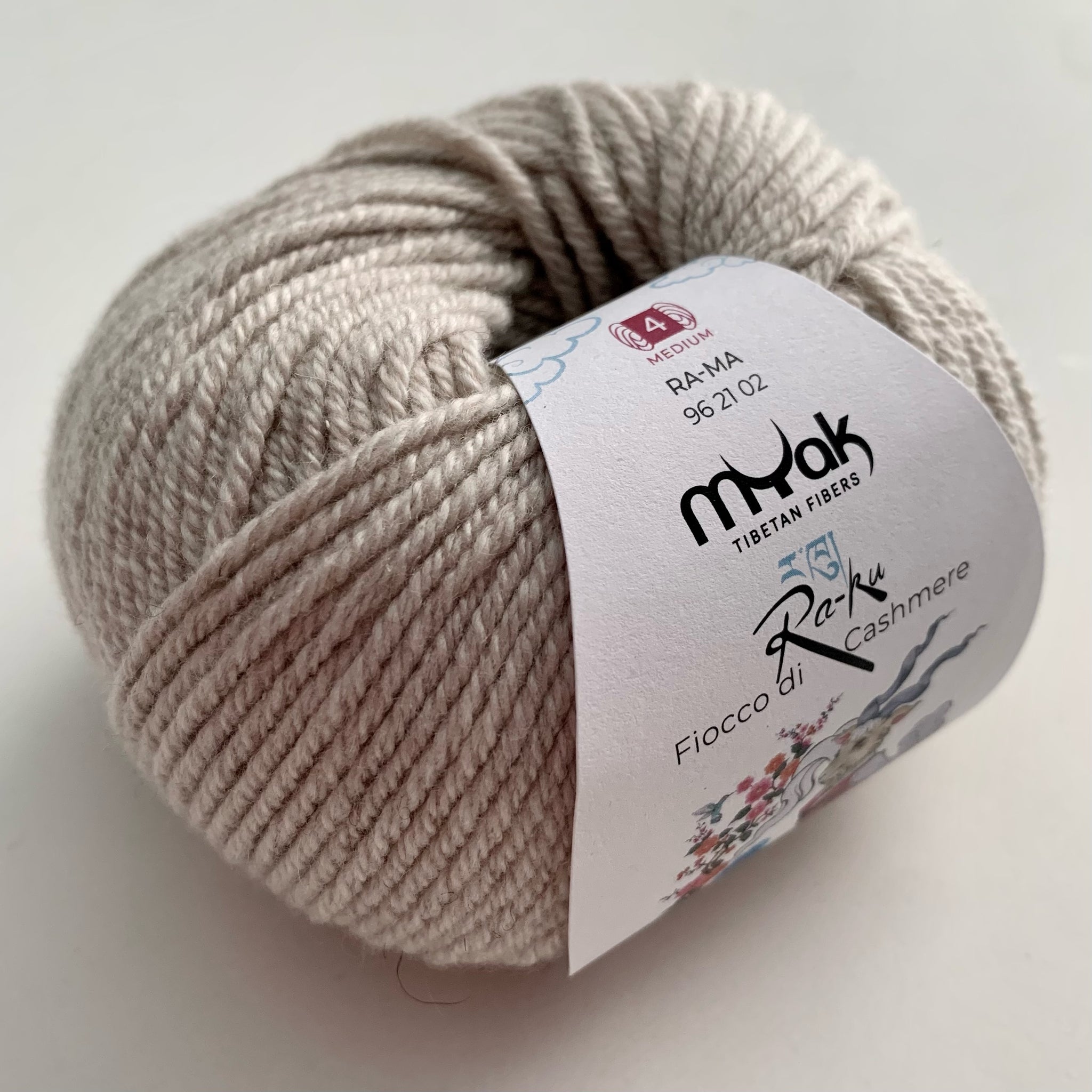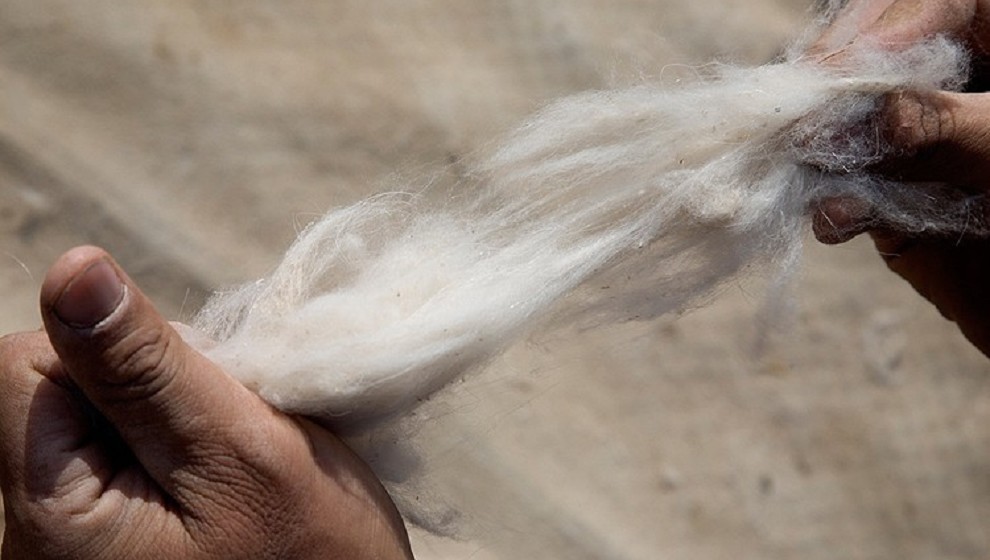What Is Cashmere and Why It’s Considered One of the Softest Fabrics in the World
What Is Cashmere and Why It’s Considered One of the Softest Fabrics in the World
Blog Article
Discover the Appeal of Cashmere an All-natural Fiber: Why It's a Must-Have in Your Closet
The attraction of cashmere, a deluxe all-natural fiber, transcends plain looks. Stemming from the Kashmir area, this lightweight yet resilient material has woven its means into premium style because of its special buildings and functional allure. From reviewing its appealing beginning to recognizing its production process, treatment, and high quality, it deserves discovering why cashmere holds such an unique place on the planet of fabrics. Discover the elegance and substance of this fiber as we start an expedition of its allure.

The Origin and History of Cashmere: A Short Introduction
While numerous might view cashmere as an easy high-end, its history is steeped in abundant social custom. Originating from the Kashmir area in India, cashmere wool has been generated for thousands of years. The fiber is obtained from the soft undercoat of cashmere goats, collected during their molting season.
Recognizing the Special Qualities of Cashmere Fiber
While various other products might put on down over time, cashmere maintains its top quality, ensuring lasting wear. Cashmere possesses a distinct aesthetic charm. Comprehending these buildings clears up why cashmere is not just a high-end, yet a rewarding financial investment for any kind of closet.

The Refine of Making Cashmere: From Goat to Garment
To value the luxurious residential properties of cashmere totally, one have to understand its journey from the raw fiber to the finished product. The procedure starts with the cashmere goats, primarily discovered in Mongolia, China, and Iran. The pure cashmere is then dyed, spun into yarn, and finally knitted or woven right into the coveted garments.

Deciphering the Quality and Cost: Why Is Cashmere so Expensive?
Cashmere stems from the great undercoat of the cashmere goat, with each goat generating a plain 150 grams every year. The handling of raw cashmere needs both time and know-how, with the fibers requiring to be very carefully arranged, cleaned, and spun. These elements combined make cashmere a pricy yet highly sought-after asset in the globe of fashion.
Cashmere in Fashion: The Versatility and Timeless Appeal
Regardless of its high price, the ageless allure and flexibility of cashmere have actually solidified its location in the realm of style. The versatile nature of cashmere enables for its assimilation into both formal and laid-back clothing, signifying its broad allure. As fads come and go, cashmere here remains a continuous, its attraction undiminished, continuing to form the style and a knockout post motivate industry's landscape.
Caring for Your Cashmere: Maintenance and Conservation Tips
Making certain the longevity of cashmere garments requires specific treatment and focus. These treasured possessions need to not be tossed into the cleaning device with routine washing. Instead, hand cleaning with gentle, pH-neutral soap in lukewarm water is encouraged. After cleaning, they need to not be wrung out. Instead, they should be gently pressed between towels to absorb excess water, then laid flat to dry. Regular brushing with a cashmere comb can avoid pilling. Keeping these products in a trendy, completely dry area, ideally in a breathable bag, can shield them from moths and moisture (is cashmere a natural fiber). A periodic airing outside, far from direct sunlight, can refresh the fibers. With these upkeep and conservation ideas, one can guarantee their cashmere stays luxuriously soft and long lasting.
Conclusion
Cashmere, with its unequaled softness and warmth, gives both high-end and longevity. Discover the appeal of cashmere and boost your fashion collection.

Report this page